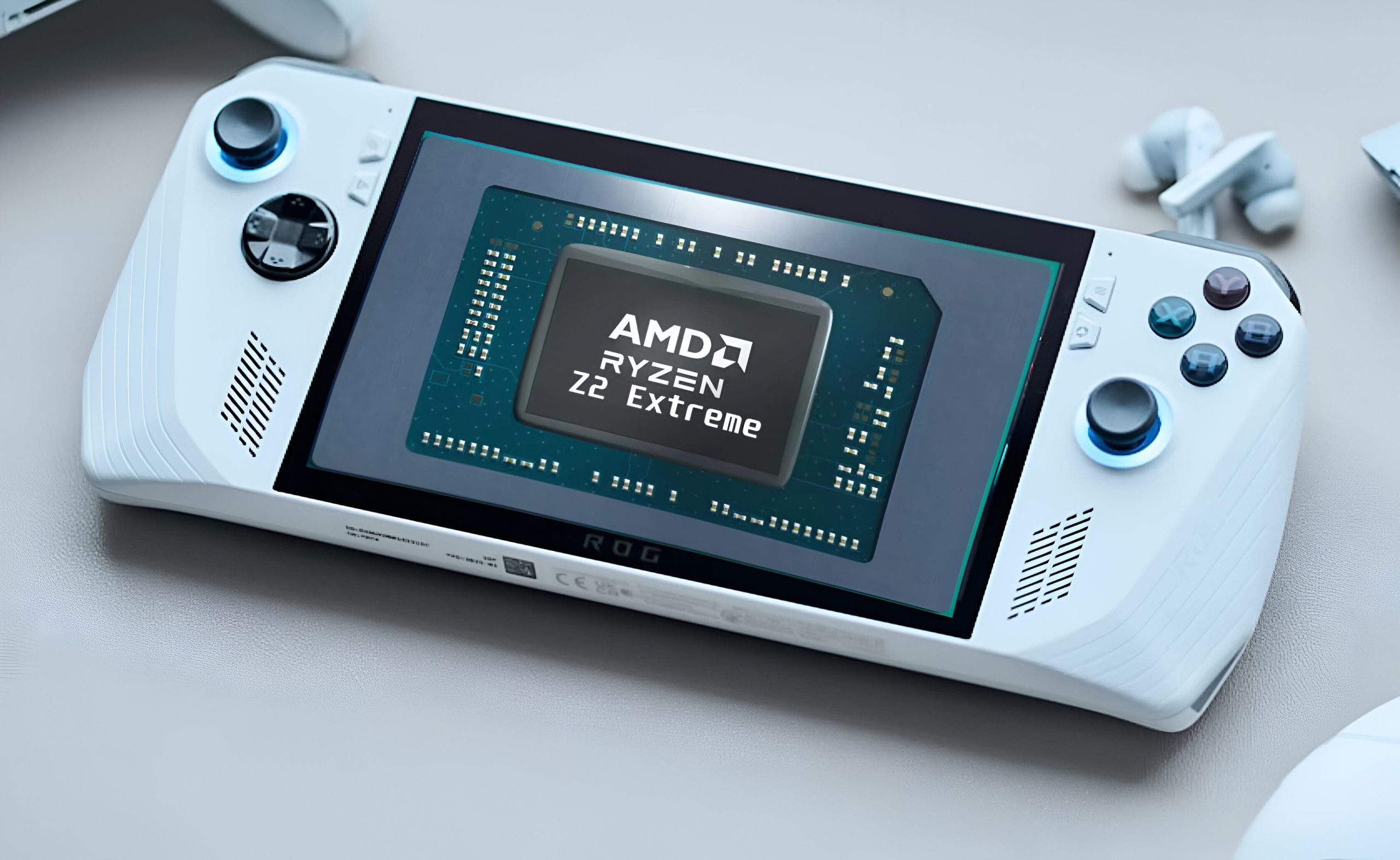Apple Introduces Key AI Features With New iPhone, Apple Watch Models – Unlike other corporations that are pursuing major transformations with artificial intelligence, Apple is utilizing the nascent technology to improve simple operations in its new devices.
Apple presented a new line of iPhones and a new watch that incorporated enhanced semiconductor architectures that power the new AI functions without using the words “artificial intelligence” to characterize the emerging technology. The features vastly improve simple functions such as making a phone call or capturing better photos.
Artificial intelligence was not mentioned at Apple’s June developer conference, but it has been silently altering Apple’s fundamental software products behind the scenes for months.
In contrast, with their AI projects, Microsoft and Alphabet’s Google set lofty ambitions for the level of transformation. Industry executives have warned of the dangers of unrestrained development of new tools like generative AI.
The Series 9 Watch is powered by a new chip with better data crunching capabilities, including a four-core “Neural Engine” that can handle machine learning tasks up to twice as fast. Apple refers to the Neural Engine as the “building blocks” for its CPUs that enhance AI activities.
The AI components of the watch chip improve Siri, Apple’s speech assistant, by 25%.
However, incorporating the machine learning processor components allowed Apple to introduce a new way for users to engage with the device: individuals can “double tap” by finger-pinching with their watch hand to do things like answer or finish phone calls, pause music, or open additional information such as the weather.
The goal is to provide a means for customers to control the Apple Watch when their non-watch hand is busy carrying a cup of coffee or walking a dog. When users tap their fingers together, the function detects small movements and variations in blood flow using the new chip and machine learning.
The iPhone maker also demonstrated enhanced image capture for its phone lineup. The corporation has long provided a “portrait mode” that can blur backgrounds by simulating a huge camera lens with computational power. However, users had to remember to activate the feature. Now, the camera knows when a person is in the frame and collects the information needed to blur the backdrop later.
Apple is far from the only smartphone manufacturer to incorporate AI into its hardware. Users of Google’s Pixel phones, for example, can remove unpleasant individuals or objects from photographs.


















